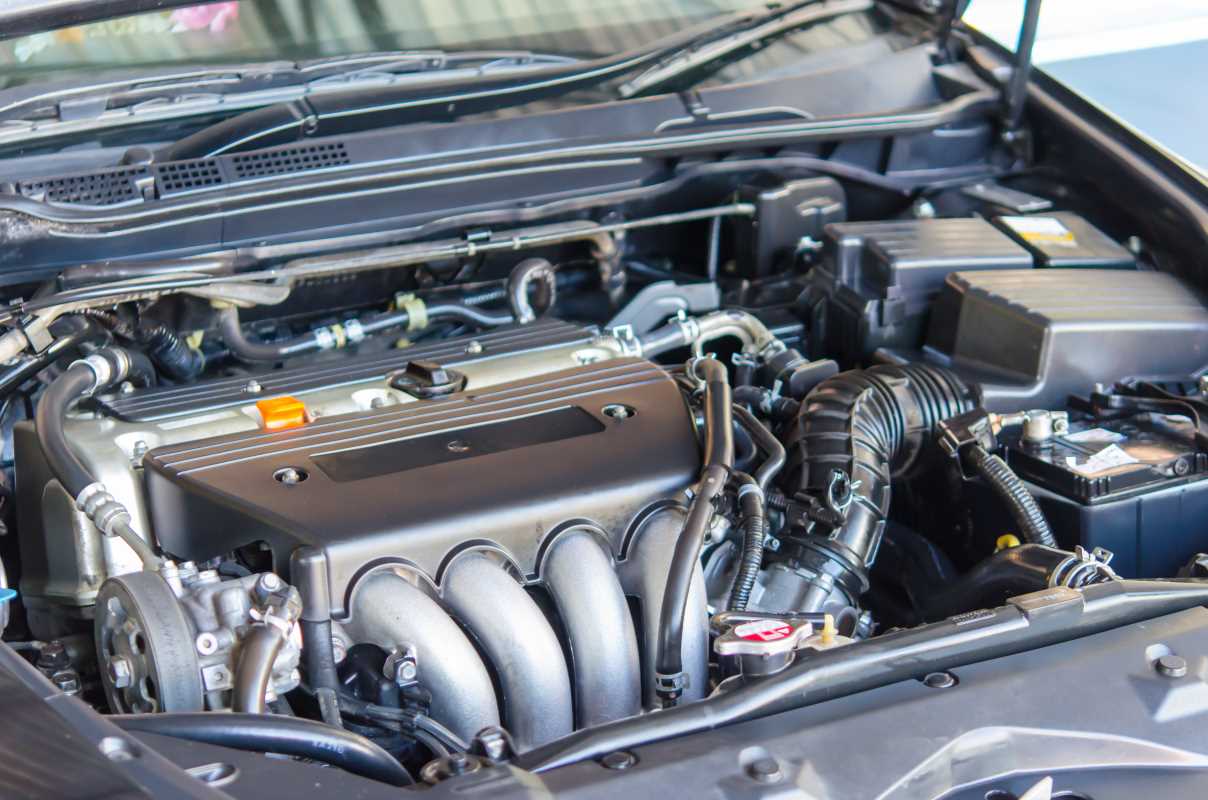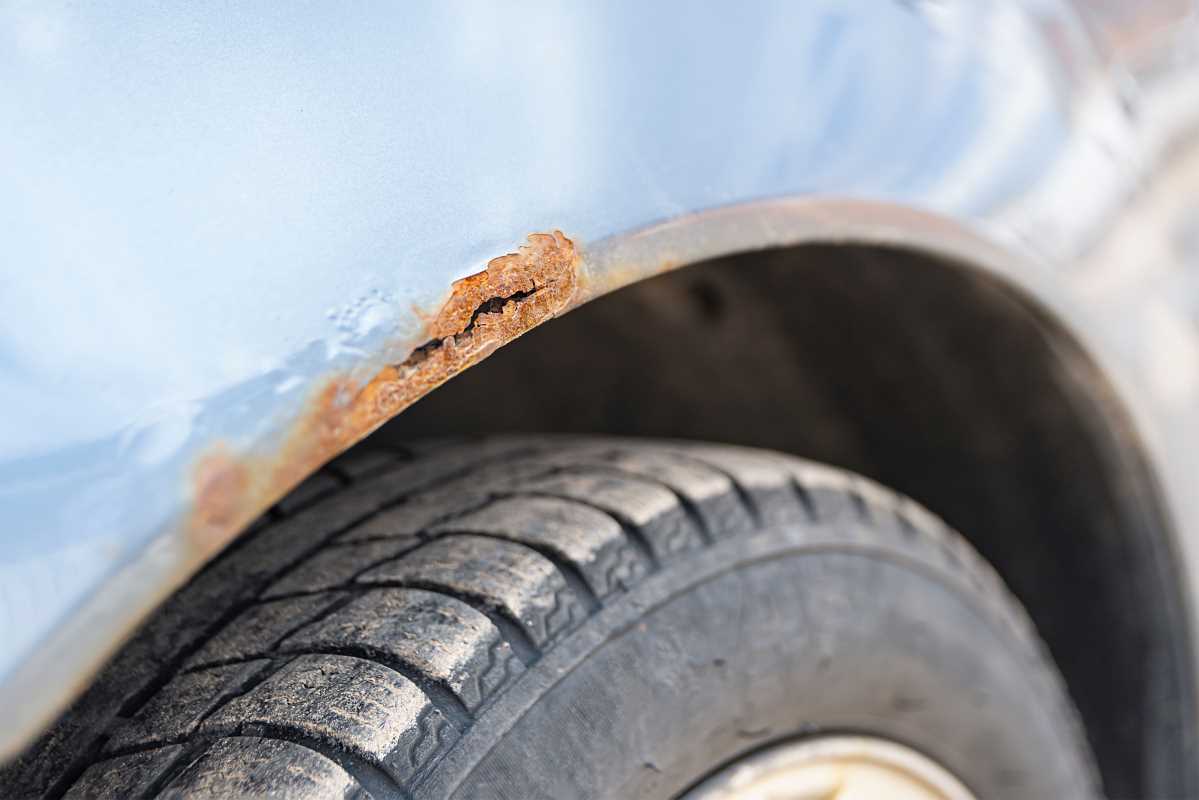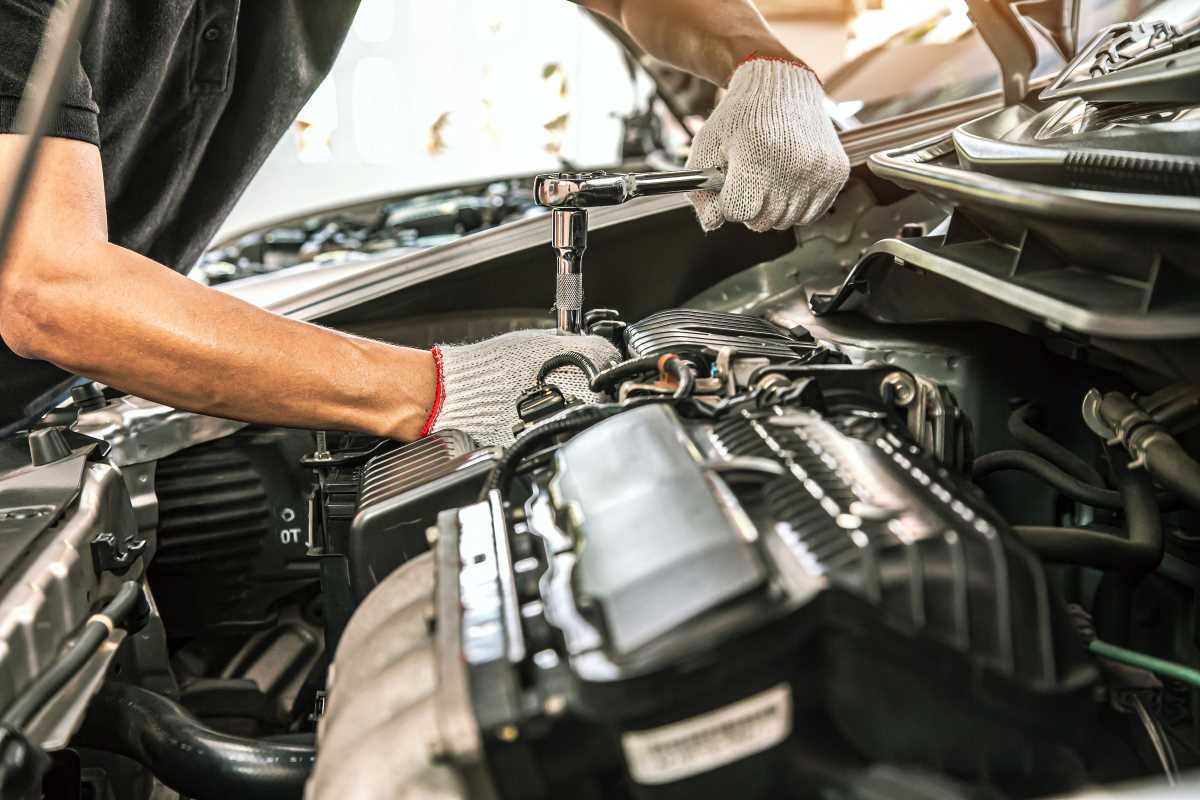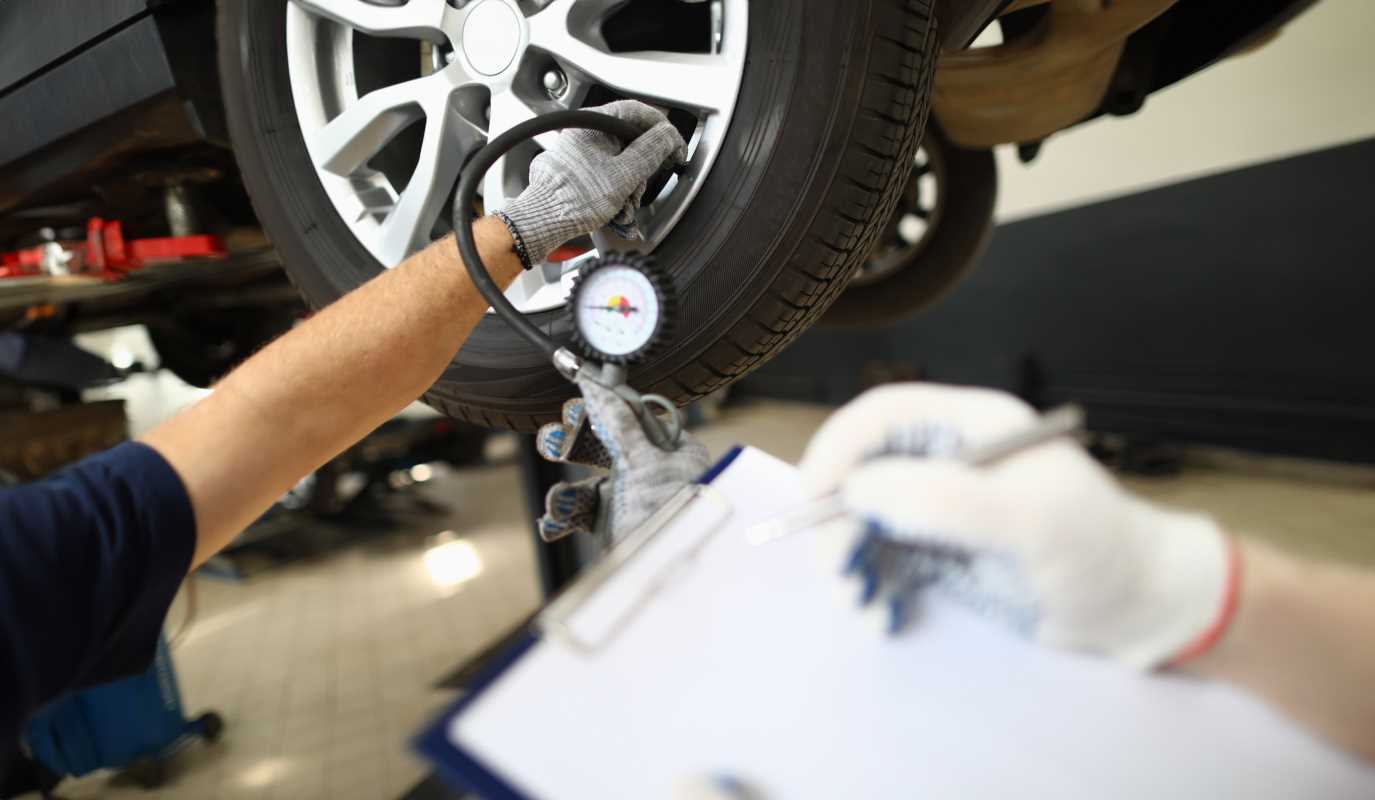Choosing the right car oil can be confusing. Bottles often promise "performance," "full synthetic," or "high-mileage," leaving drivers uncertain. Most drivers understand their car needs oil, but selecting the correct type isn't always easy. For older vehicles with significant mileage, the decision between standard oil and products specifically designed for high-mileage engines becomes increasingly important. This isn't just marketing; these specialized oils address their distinct needs. This guide will clarify the differences between high-mileage oils and traditional types. We'll explore how their unique ingredients function and what benefits these provide for your aging car. Learn to make the best choice to keep your vehicle running smoothly and extend its life as it accumulates miles.
What Does "High-Mileage" Mean?
It helps to first understand which vehicles fall into the “high-mileage” club. Automakers generally use 75,000 miles (about 120,000 kilometers) as a turning point. After that much travel, your engine’s internals have seen plenty of action, and small changes begin to show:
- Rubber Parts Age: Seals and gaskets can become dry or brittle, letting tiny leaks develop around them.
- Tolerances Open Up: Internal spaces between moving parts, like those between piston rings and the cylinder wall, slowly widen, sometimes leading to more oil slipping past and getting burned away.
- Deposits Build Up: Old oil and combustion can leave sludge or gunk, which blocks pathways for fresh lubrication and reduces efficiency.
Everyday motor oil is made for engines that are still tight and new. Products labeled for older cars go a step further, using specific formulas to help engines cope with the effects of time and mileage.
The Ingredient Difference: Why It Matters
Both regular and high-mileage options use a foundation of either conventional or synthetic oil. What really sets them apart, though, is the blend of specialized additives. Oil meant for older cars contains stronger concentrations of certain chemicals that focus on issues typically found in aging engines.
Seal Conditioners: Helping Prevent Leaks
The highlight of any oil made for higher-mileage engines is a powerful blend of seal conditioners. These help old, stiff rubber gaskets become more flexible, allowing them to form a better seal. This softens and swells hardened areas, slowing down or stopping pesky leaks that show up with age. Traditional lubricants for new engines don’t need these additives, so they’re rarely included.
Stronger Cleaning Agents: Banishing Sludge
Cleaning is also a bigger deal for older engines. Oils meant for long-lived vehicles have extra detergents to break down and carry away built-up sludge. With added dispersants, harmful particles remain suspended and are removed with your next oil change, preventing clogs inside critical engine spaces.
Extra Protection for Worn Parts
Both types of oil contain anti-wear ingredients, but high-mileage formulas deliver higher amounts. Additives like zinc and phosphorus coat metal to act as a protective barrier, helping reduce friction and protect moving parts showing signs of wear. This especially matters in engines where years of driving have naturally opened up clearances just a bit.
Thickness and Viscosity
Oils for more experienced engines sometimes use a thicker blend, or viscosity. This gives a little extra cushion between parts where normal wear has increased the space between them. Specialized modifiers also help these oils keep a steady thickness through temperature changes and heavy use, which is good for engines with more miles under their belts.
Comparing Regular and High-Mileage Motor Oils
Regular motor oils are typically best for cars with less than 75,000 miles on them. These blends are crafted to match the manufacturer’s specifications, containing enough cleaning agents and additives to keep new or lightly used engines running smoothly. Generally, they don’t include much in the way of seal conditioners, since newer engines don’t need help rejuvenating their gaskets or o-rings.
On the other hand, high-mileage motor oils are specifically formulated for vehicles that have surpassed the 75,000-mile mark. These oils pack in a stronger blend of additives designed to renew engine seals, reduce minor leaks, and tackle the buildup of sludge and deposits. The cleaning power is a step up from regular blends, helping remove grime that’s accumulated over time. High-mileage oils are also slightly thicker for many engine types, providing a cushion to aging internal components. Their anti-wear additives are more focused on extending the life of older engines and protecting components that have been through years of stops, starts, and tough conditions.
In summary, regular oils are a solid match for manufacturer requirements in new vehicles, while high-mileage formulas are engineered to respond to the needs and wear patterns that come with age—helping address leaks, providing extra cleaning strength, and padding the internal spaces left by years and miles on the road.For example, a product like Valvoline MaxLife offers a potent set of additives for older engines, while something like Mobil 1 full synthetic is crafted for high standards expected by newer vehicles.
Is It Time to Use Oil for Older Vehicles?
That 75,000-mile milestone is a useful starting point, but the real answer depends on your car and how it’s been treated.
Strong reasons for switching:
- Your odometer reads more than 75,000 miles and you want to help your engine last.
- You start to see a few drips on the driveway or garage floor.
- You have to refill between oil changes because the level keeps dropping.
It’s important to recognize these blends can’t fix big mechanical failures, like a split gasket or seriously cracked seal. Instead, see them as an extra line of defense to help slow down the aging process and address troubles before they require expensive repairs.
Should You Use a High-Mileage Formula in a New Car?
There’s no harm in doing so, but the benefits are slim for newer vehicles. These specialized blends cost more and include additives that younger engines simply don’t need. Always check your owner’s manual, and use what the manufacturer recommends. This is the best way to keep warranties in good standing and to make sure your engine gets what it’s designed for.
Making the right choice comes down to matching your car’s needs at its current stage. Let your engine’s age, condition, and the signs it gives you guide the way. Factory oil does the job for most new engines, while high-mileage blends are like giving your well-traveled car an added boost for the road ahead.
 (Image via
(Image via





